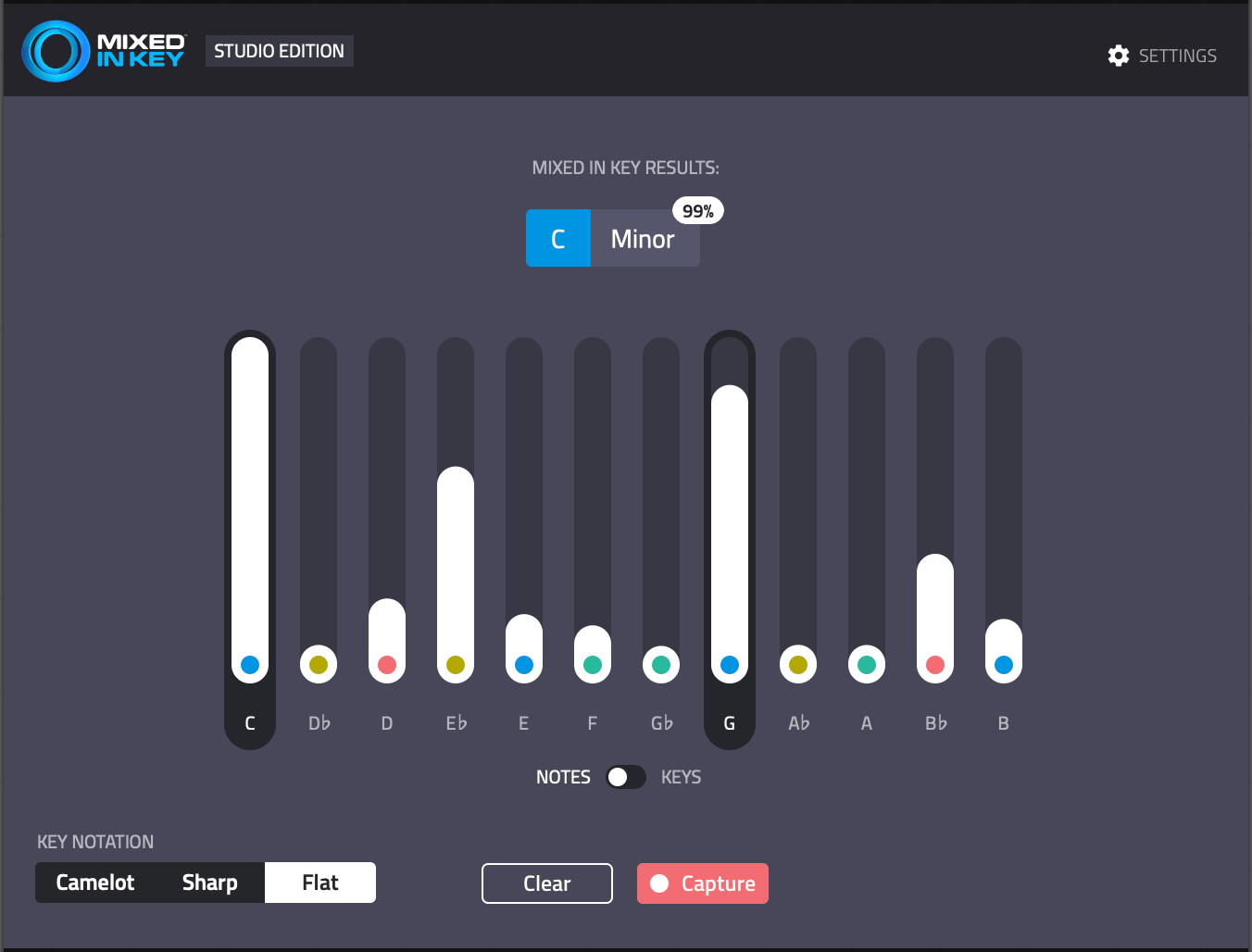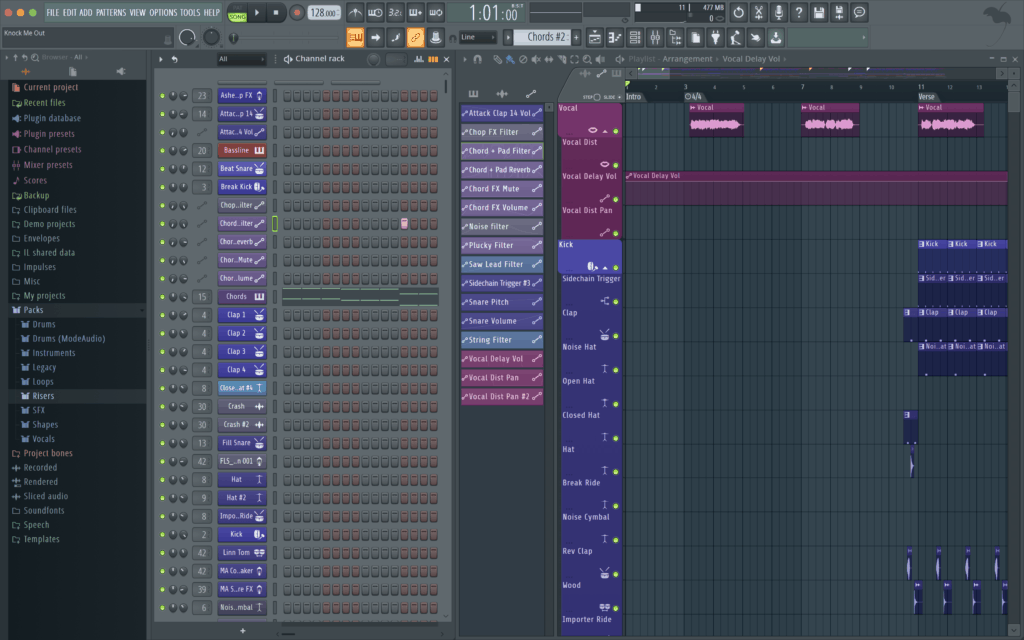At the PMT Online Studio & Recording Gear shop you'll find everything your studio will need, whether you are setting up your first project studio or if you're a pro. We stock all the best brands including Roland, sE Electronics, Adam Audio, Shure, Mackie, Yamaha and M-Audio. Using Aggregate Devices and multiple audio interfaces. Live Versions: All Operating System: All Aggregate devices on Mac. On Mac, it is possible to choose different interfaces as Input and Output device in Live. It's also possible to combine multiple audio interfaces into an aggregate device at a system level. Creating an aggregate device is a way to group multiple audio.
Today’s computers blow away the computers that were available in 2001, when Ableton Live was first introduced.
Back then, if your computer had a 1 Ghz CPU, 256Mb of RAM and a 20GB hard drive, you had it pretty good. Now, processors are 30-40 times faster, computers have 100 times as much RAM & terabyte hard drives are common.
But, as computers have gotten faster, our DAWs have added features and our expectations have gotten higher. So, even with today’s faster computers, you’ll still run into situations where you need more power than your computer has to give.
In this article, guest author Doug Beney offers 10 ways to improve performance in Ableton Live. And, if you want even more information, we’ve included a collection of resources at the end of the article that you can check out.
Introduction
After you use Ableton for a bit, you might start to wonder why everything starts to run slow when you have a lot of tracks. Maybe you’re wondering why there are audio-drop outs every time you press play.
In this article, I will talk about ways to fix these problems and, hopefully, make music production a much more enjoyable process.
Easy Tweaks to Improve your Speed

Loading audio clips into RAM

Loading clips into RAM will pre-load the clip into RAM, instead of doing it in real time. This can help with speed problems, especially with laptops with slower 5400 RPM hard drives, but a decent amount of RAM.
To enable this option, click on a clip. You will see an option appear in the clip view that says “RAM”. When you click that, RAM view is enabled.
Note: Don’t abuse this! RAM is a limited resource and Ableton uses a lot of it, doing many processes. You might run into “Out of Memory” errors if you abuse this.
Ableton Mac Everything Is Purple Crack
Enable Multi-core Support

Most computers nowadays are multi-core. You are going to want to take advantage of this with multi-core support. Doing this will noticeably improve the performance of Ableton.
You can find this option in Ableton preferences, under the CPU tab. This option should be enabled by default, but it is worth a check to verify.
Collect all and Save
Ableton Mac Everything Is Purple Key

This option of Ableton will take all the outside files (drum samples, effects, audio clips), and it will save them into your project.

This is good because it minimizes the work Ableton has to do to find all the files. Everything is right in one folder. This is especially useful if you are planning on moving the project to another computer.
You can find this option under File >> Collect All and Save.
Ableton Mac Everything Is Purple Book
Note: Using ‘Collect All’ won’t make a huge difference, but it’s just good practice.
Use Return Tracks
A powerful tool for minimizing the overhead of effects is to use Return tracks. Creating return tracks is great not only because they minimize CPU load, but because they let you apply the same affect consistently to multiple clips.
This is especially useful for reverb – because it’s common to want to put sound into a shared ‘virtual space’. Instead of using a reverb on each channel, and having the overhead of multiple reverbs, Return Tracks let you use a shared reverb, lowering your CPU use and making it easier to tweak settings.
Another common use is for delays. If you want to use a rhythmic delay on multiple elements – say a synth line and several percussive elements – using sends & returns make it easier to do it consistently and efficiently.
You can create a return track by right clicking and selecting “Insert Return Track”, as shown above. Then you can add effects to the Return Track, just like you would with a regular audio track.
Note: The Return Track doesn’t do anything by itself, it just gives you the option to ‘Send’ multiple tracks to a shared effect.
You can adjust which tracks send audio to the shared Return Track using the Sends controls, right, which show up above the Mixer section in each track.
If you don’t see the Sends section in your Live Set, select View >> Sends.